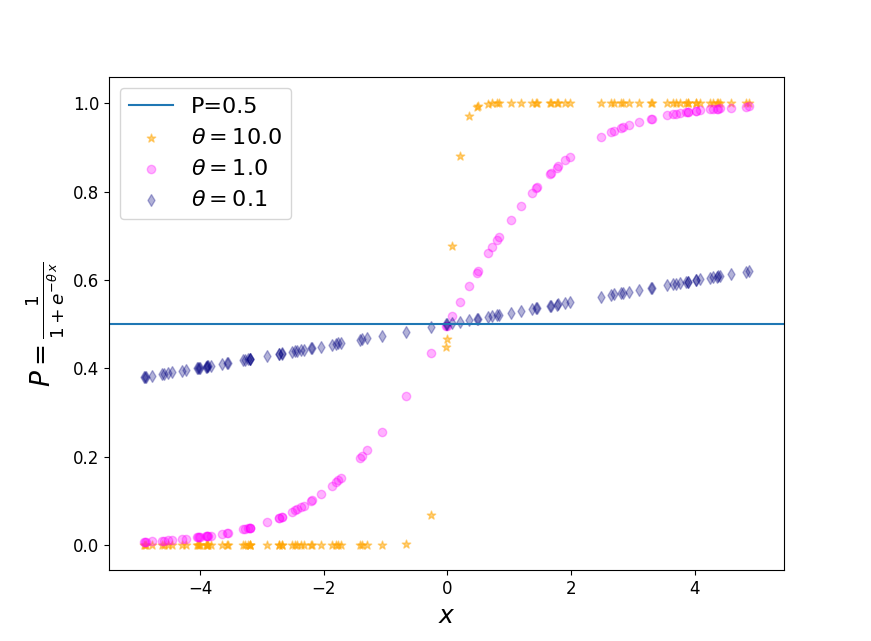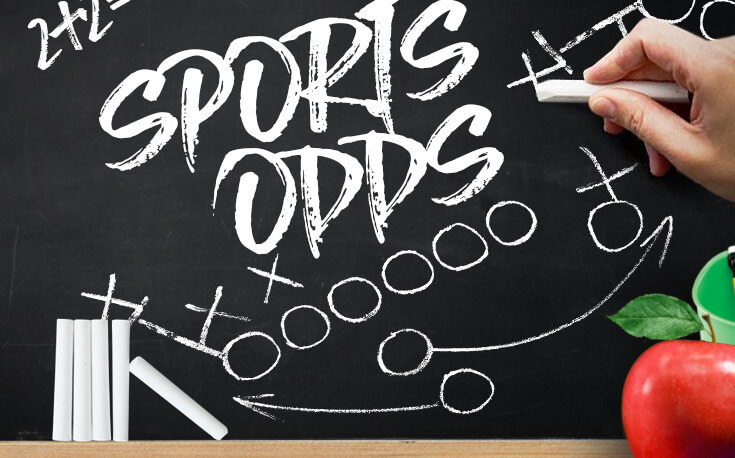Understanding Odds
Vintage Monday Night Football broadcaster Frank Gifford used to slyly reference gambling while on the air. “This next play will mean a lot to many of our viewers,” Frank would say in the 4th quarter.
Understanding odds conversion to the percentage and implied probability behind the odds on offer is key to assessing the potential value in a particular betting market. And it is just as important when assessing the value that exists with regards to specific odds on a particular outcome. Betting odds represent the probability of an event to happen and therefore enable you to work out how much money you will win if your bet wins. As an example, with odds of 4/1, for every £1 you bet, you will win £4. There is a 20% chance of this happening, calculated by 1 / (4 + 1) = 0.20.
In those “underground” days the best way to learn how to gamble on football was to know someone with a personal bookie. But thanks to the internet, it’s now much easier to get oriented.
Football odds are easy to understand upon learning just a few terms. Here’s a quick guide to the vocabulary.
How To Bet On NFL & College Football Point Spreads
“ATS” or against-the-spread is simple to understand and popular with casual gamblers. Since it’s rare for 2 teams to be exactly, evenly matched in the eyes of bookies, the spread “spots” the underdog a field goal, touchdown or other point-margin. Point spreads can even be set by half, as in (+7 1/2) or (+7.5) points.
The favorite will have a “-” in front of their ATS betting line, as in (-3). That means they must overcome a 3-point deficit to tie, or “push” in betting terms. The favorite must win by 4 or more points for their ATS wager to win.
Payoff on an ATS bet is almost always 50/50 minus the “vig,” or fee to the house. But occasionally, casinos will promise a slightly higher % payout on a point-spread to encourage action on a given side.
Point spreads can fluctuate as bookies react to the action. If the New England Patriots happen to have a rare “+” next to their name, for instance, bettors will tend to pick the Patriots and bookies will be likely to tilt in the other direction. An ATS bet on perfectly-matched (on paper) opponents is called a “pick’em.”
Understanding Odds Ratio And Confidence Interval
Even though lines can change throughout the week, you are always locked-in to whatever the line is when you put your money down. That can be an advantage for those who do their homework ahead of time.
Money Line Odds & Over/Under Wagers
Another popular gridiron wager is point total, or Over/Under. You will often see these listed short-hand as “O/U.” The line simply reflects the total points scored by both teams. If the O/U line is 45 and Clemson is leading 42-0 with minutes to go, “under” bettors will hope Dabo Swinney shuts down his offense. Otherwise, the Tigers might score and push the point total to 49, or kick a field goal and make the wager a push with a 45-0 final.
What Do Betting Odds Mean
Money line betting is popular among serious, stake-it-all gamblers. The favorite is once again listed with a “-” but this time it’s next to a 3 or 4 digit number, like (-225). That means you have to put $225 on that team to be rewarded a $100 win. The underdog is listed with a plus sign, such as (+175). That number would indicate that a $100 wager earns a payback of $175.
Football Betting – Parlays & Teasers
Another option is to combine your wagers into a parlay. A parlay means that all of your picks must win for the wager to pay off, but you receive a much higher payout when it happens.

How To Read Sports Bets
Bookies know that making 2 or more successful picks at a time without losing once is difficult, so books offer “teaser” parlay bets in which the bettor can move the point spread a given amount to help their underdog or favorite win. Payoff is not as generous on teasers, however.
Tips On Football Prop Bets

Props, or “proposition” bets are a wide-open category. As in other sports, a prop in football can be anything a casino thinks to offer. An example of a basic prop is “Will Matt Ryan pass for 300 yards or more on Sunday.” Matt Ryan would produce shorter lines and a smaller payoff for that prop than an unheralded QB, since an unknown is less likely to have a big passing day.
As the Super Bowl approaches, prop-bet offers can get a little crazy. “Who will win the coin flip?” is an annual wager that involves no skill, but is still fun for those looking for a payoff before kickoff.
Try to pick out prop bets that are getting lots of “yes” action due to hype, and wager “no.” That will give you a 10% or 15% advantage on other cash players. For instance, if Cam Newton rushes for touchdowns in 3 consecutive games, the media will hype his effectiveness as a runner. That will drive up the payoff on a bet that Newton will not rush for a touchdown in the 4th game.
Understanding Odds Ratio
The many types of NFL betting can seem dizzying at first. But pick a type of wager you are comfortable with, and let the rest come naturally. You’ll find yourself spouting the lingo (and maybe even Googling “Super Bowl coin flip trends”) before you know it.